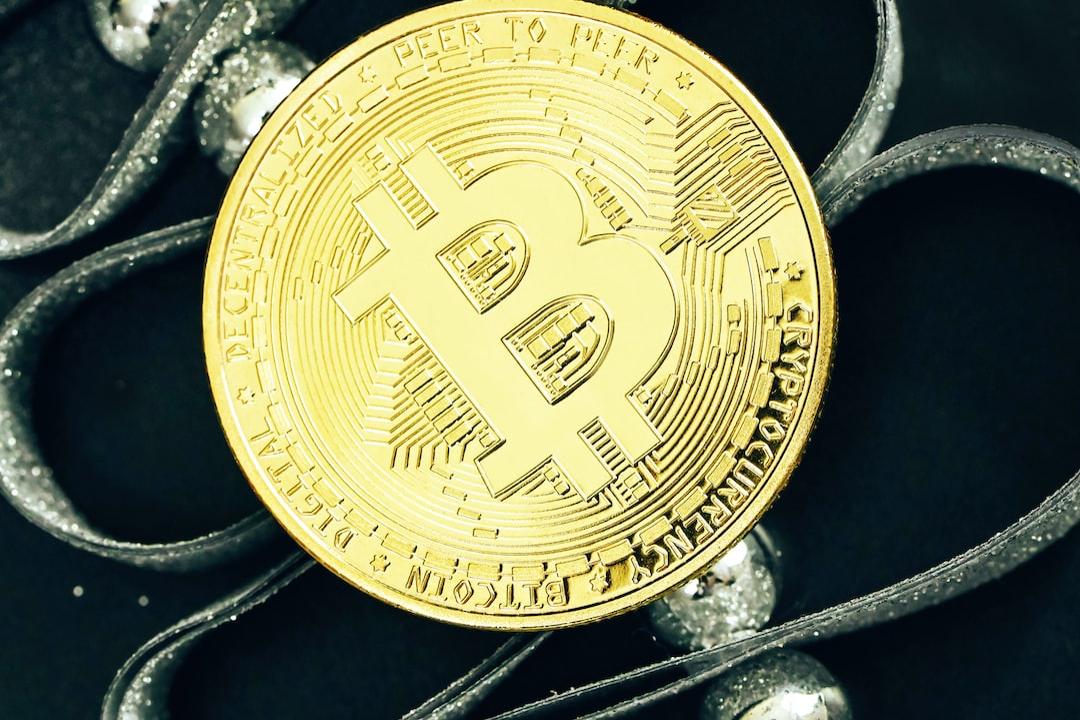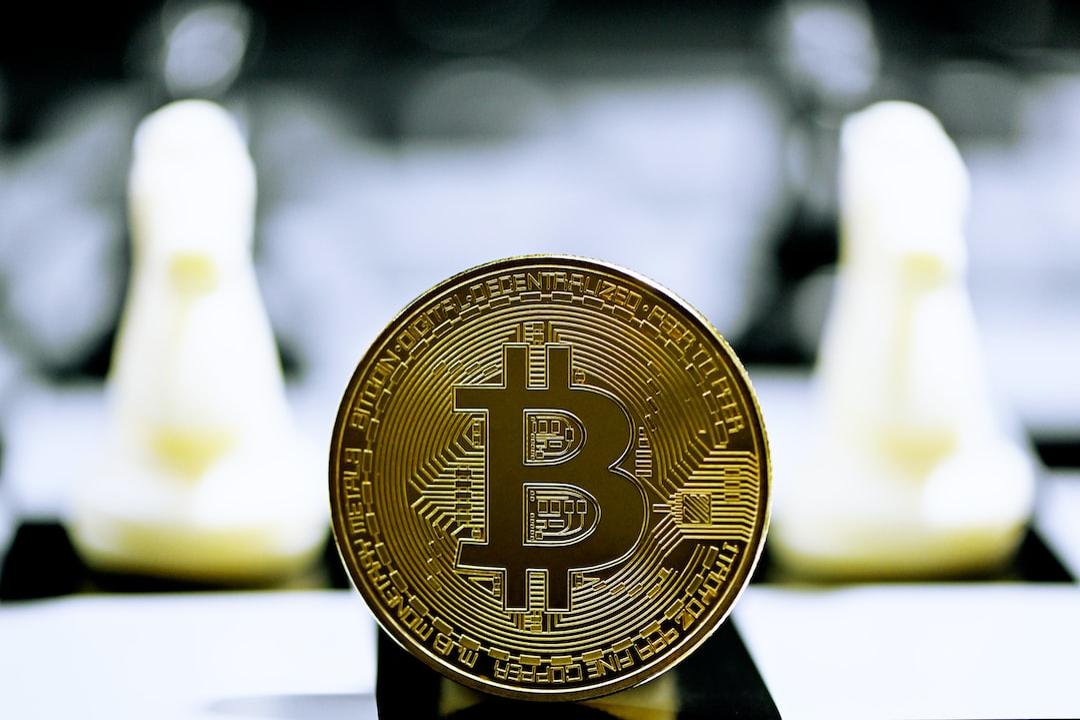Pi Network Launches Lockup Policy to Increase Mining Rate, Igniting Community Outrage and Record Low Coin Price
On the 2nd, Pi Network announced a voluntary lockup policy allowing users to lock their Pi coins in exchange for a mining rate boost of up to 200%. The official statement claimed that the lockup would “support a healthy ecosystem and incentivize long-term participation,” but the actual effect seems to be the opposite.
“Remember you can voluntarily choose to lock up your Pi to boost your mining rate! The Lockup will be immediately binding until your duration ends. Locking up your Pi helps support a healthy ecosystem and incentivize long-term engagement with the network.”
— Pi Network (@PiCoreTeam) August 1, 2025
Users posted comments in the community such as “What efforts have you made to give users confidence to lock their funds?”, “The price keeps falling, locking in will only lead to more losses,” and “Locking Pi is not the solution; what we truly need is a market recovery,” highlighting a deficit in trust.
The price of Pi coin briefly spiked to $0.322 within an hour of the official announcement, setting a new historical low since its launch, having fallen nearly 90% from its high in February of this year.

KYC Bottlenecks and Token Unlocking Deepen Anxiety
On the other hand, many miners reported that even after completing all KYC steps, their Pi coins remained in an “unverified” status for over a year, unable to transfer to the mainnet. The promised ecological applications such as Pi Domains and App Studio have also not shown significant results, leading to an embarrassing situation of “having coins but no use.”
Moreover, according to AInvest reports, Pi Network is expected to unlock approximately 160 million tokens this month, accounting for 2.1% of the total supply, which may bring potential selling pressure. If this coincides with a downturn in Bitcoin and a weakening risk appetite in the crypto market, it could further amplify the downward space for Pi coin.
Will Trust Be Restored? A Test of Official Execution
Pi Network currently faces triple pressure from technological stagnation, lack of value, and loss of trust. To turn the situation around, the team needs to accelerate the KYC process, launch practical ecological applications, and improve information transparency. Otherwise, the large user base may dissipate due to a collapse in confidence.
The case of Pi Network also serves as a reminder to the crypto world that while user numbers can accumulate rapidly, without liquidity and real-world scenarios to support them, even the most enticing mining incentives are difficult to sustain. As the risks of lockup, unlocking, and price intertwine, the project’s ability to equate promises with execution will determine the outcome of this trust restoration battle.

Related Reports
Pi Community is large, but what dApps does Pi Network actually have?
Pi coin falls below $1, Bybit CEO reiterates it will not be listed: Pi Network is a scam.
KOL exposes Jupiter “colluding with liquidity pool” to cut leeks, founder hurriedly clarifies: unrelated to LIBRA token, no insider operations.

